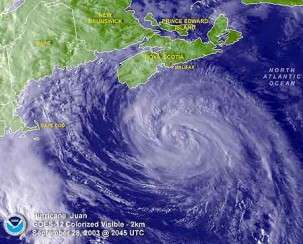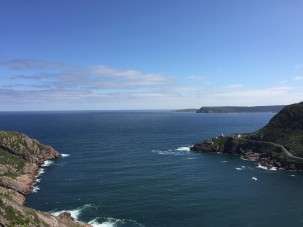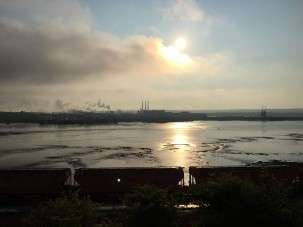The escalation of natural disasters

I'm in Atlantic Canada giving a series of talks about Hurricane Sandy and what it did to New York (based on my book, Storm Surge). I've been talking about what happened in New York, hearing from people here about what has happened and could happen here, all the while thinking, along with the rest of the world, about what happened 10 years ago in New Orleans. The differences are many, but there are a few common threads.
The disaster in New Orleans was almost uniquely awful in modern American history. This was due to both the extreme vulnerability of New Orleans, with its areas below sea level and its very vulnerable populations, and the failures of government both before (poor construction and maintenance of the levees) and after (the inadequate and sometimes even counterproductive post-storm federal response). But even if Katrina isn't likely to happen everywhere, something can happen almost anywhere—including, we now know, New York. And further to the north and east.
I have been in Canada's Atlantic Provinces—Nova Scotia, Newfoundland, and Prince Edward Island so far—for the last two weeks. This past week was the first of two on a speaking tour I'm doing in eastern Canada. (So far: St. John's, NL; Halifax, NS; Charlottetown, PEI; St. John, NB. Next: Montreal, QC; Ottowa and Toronto, ON). It's been organized by MEOPAR, a federally funded research network on the theme of maritime risk, and sponsored by the Insurance Bureau of Canada.
While up here, I've been reading up on the history of disasters in the region. Among those have been quite a few caused by hurricanes. This surprises many Americans, who don't think tropical weather systems can get up here—and it's true that they are often "post-tropical" (an originally Canadian term that our National Hurricane Center has adopted) by the time they do. But as Americans learned in Sandy, that doesn't mean they can't be destructive. The most recent ones have been Juan, which flattened all the trees in Halifax' Point Pleasant park in 2003; Igor, which caused catastrophic flooding in Newfoundland in 2010, and Arthur—which I remember because it passed right over New York City as a relatively weak (and already post-tropical) system—which strengthened again and left 300,000 people without power after it hit Nova Scotia.
-

View to the North Atlantic from Signal Hill, St. John’s, Newfoundland. -

The Irving Refinery in St. John, New Brunswick (not to be confused with St. John’s, Newfoundland), the largest oil refinery in Canada, sits down by the water on the Bay of Fundy, here shown close to low tide.
Provided by Columbia University


















